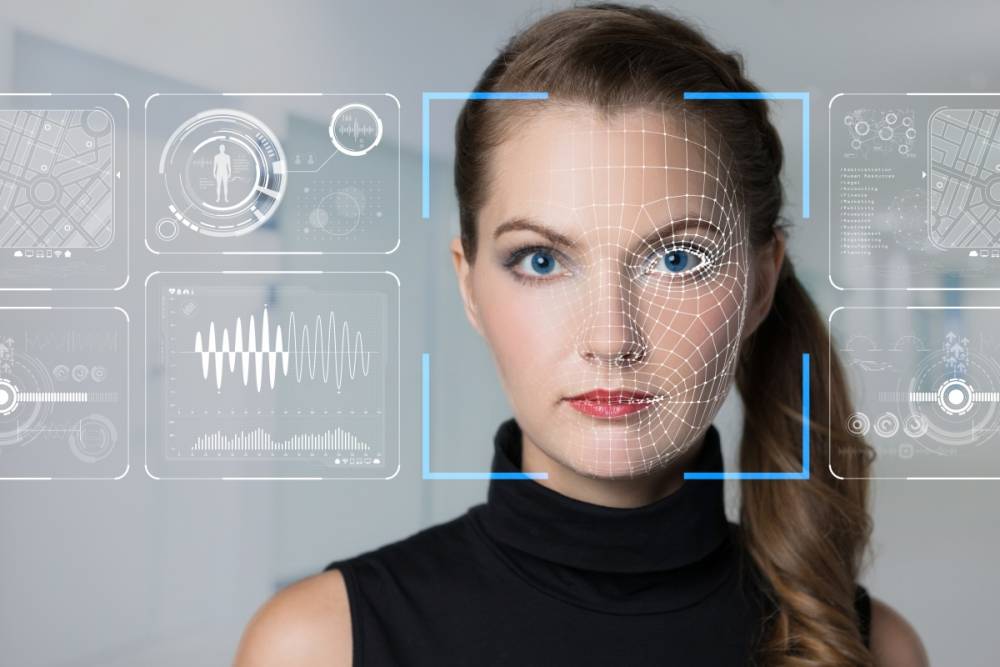
Which Role Does Facial Recognition Play In The Present-Day Reality
We may see increased investment in biometric technologies such as facial recognition as a result of the global COVID-19 outbreak
The benefits and drawbacks of facial recognition technology are hotly debated in the scientific community. There are numerous stakeholders who emphasize the benefits; however, there are also those who point out the drawbacks.
The use of facial recognition technology raises several concerns, including invasion of privacy, abuse of power, and misuse of the technology by rogue individuals within government organizations.
What is the significance of facial recognition technology
Face recognition is now more prevalent than it has ever been before. Previous historical events have resulted in a significant increase in the amount of money invested in face recognition technology.
In light of the global COVID-19 epidemic, it is possible that increased investment in biometric technologies such as facial recognition will be seen in the future. The highly infectious nature of COVID-19 necessitates a strong emphasis on contactless interactions in order to prevent transmission.
Face recognition technology is still primarily used for security purposes, according to experts. It is widely recognized as one of the most accurate and straightforward methods of establishing an individual's identity in a wide range of industries.
The Benefits of Facial Recognition
1. Increasing the level of public safety: It goes without saying that law enforcement is a vital industry, and the use of facial recognition technology allows security and law enforcement organizations to process images and videos from a variety of sources in real time. These sources include body-worn cameras, smartphone cameras, and in-vehicle camera systems. This allows investigators to identify persons of interest more quickly and effectively, resulting in faster investigations.
2. Processor acceleration and seamless integration: When it comes to using face recognition in the transportation industry, in the airspace or in commerce, or as a security solution, one of the most significant advantages for any organization is the speed with which facial recognition can process identities. Additionally, facial recognition technology is well-integrated with a variety of other technologies, most notably with security software, which makes it a powerful tool for law enforcement. Integration of face recognition technology into existing security systems is simple and inexpensive, creating a win-win situation for organizations looking for a frictionless solution following the implementation of COVID.
3. Authentication and authorization: The demand for contactless, rapid access, and authentication technologies is expected to continue to grow in the future. Increasing numbers of existing Identity and Access Management systems are now incorporating biometrics for more precise authentication, and this trend is expected to continue into 2021 and beyond. Face recognition can be used to grant access to specific areas of your business or, from an IT standpoint, to grant access to specific files and databases. Face recognition is a quick, accurate, and, most importantly, frictionless solution. Aside from that, businesses are incorporating face recognition technologies into their work attendance systems in an effort to combat time theft and improve employee security when entering and exiting the office building.
4. Transportation and Aviation: The transportation and aviation industries have been particularly hard hit by the global COVID-19 epidemic, and we can expect significant changes in the way people are handled across all modes of transportation once the virus is fully operational. At every stage of the passenger journey, including check-in, luggage drop, security screening, retail transactions, and boarding queues, facial recognition technology is already in use in the airline industry to ensure rapid and accurate identification of passengers. Face recognition technologies are being used to streamline and improve the immigration and luggage collection processes after a plane has landed.
5. Retail: During the next several years, we should expect significant changes in the retail sector, with the introduction of pay-by-face technology expected to be promoted throughout the world. When it comes to theft and fraud investigations, facial recognition software is used to expedite the process. It is also used to analyze footage from multiple sources in order to identify individuals of interest. Also used to identify customers who are members of a loyalty program and to provide them with personalized levels of service, as well as to speed up in-store payment transactions, all of which contribute to a better customer experience.

